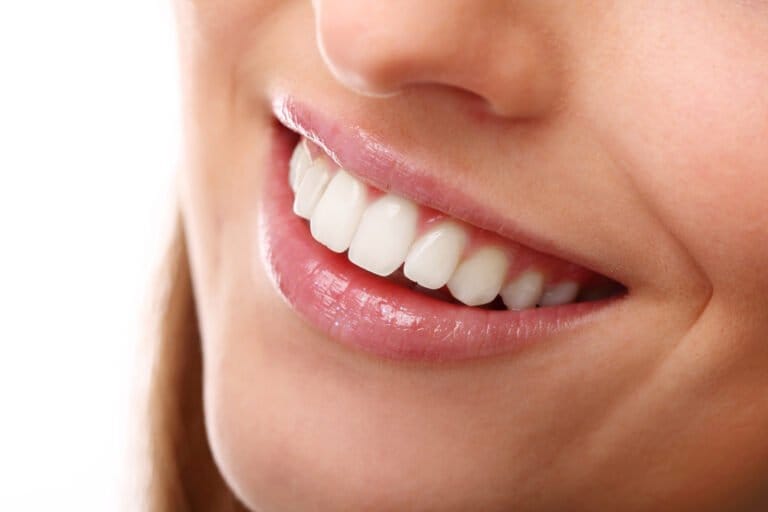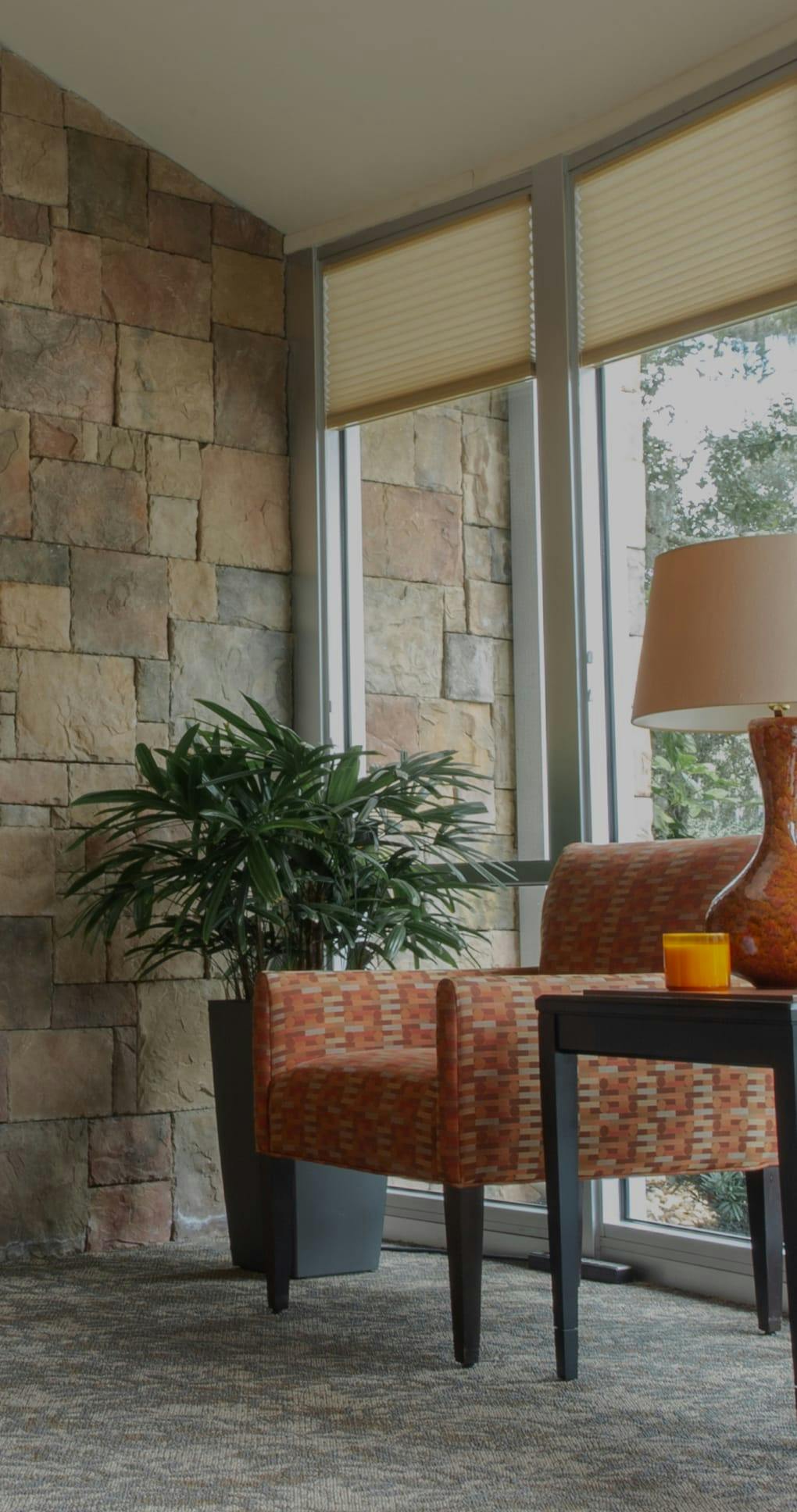It’s normal for teeth to change colors as people age because the enamel of the tooth thins as we get older. The teeth of most adults will naturally have a light gray or yellow tint, but even knowing that, most people want a whiter, brighter smile to show the world. But with so many options for teeth-whitening, how does one know where to start?
Tooth Stain Types
While there are many options for whitening teeth, there are only two types of stains on teeth: surface, or extrinsic, stains caused by the things we eat and drink, and intrinsic stains that are underneath the enamel of our teeth. Over-the-counter products may alleviate some of the surface stains, but only teeth whitening agents can combat intrinsic stains.
Options for Teeth Whitening
Carbamide Peroxide
Carbamide peroxide is one such agent that is often used for bleaching teeth. Made up of a hydrogen peroxide and urea, carbamide peroxide is available in many home-use whitening products dispensed by your dentist. This compound works by getting to the intrinsic stains that cause teeth to look discolored. Whether you consider using a product from the local drugstore or a take-home kit from our office, the peroxide works the same way to whiten teeth. The differences usually lie in the concentration of the whitening agent. For example, over the counter products contain anywhere from three percent to 15 percent of carbamide or hydrogen peroxide, but in-office products can contain up to 40 percent of the active whitening ingredient. At-home whitening options can be a great value, with products available for many price points and lifestyles
Zoom
Zoom is a whitening process that is only used in dental offices. While it also uses carbamide peroxide like many of the over-the-counter products, Zoom’s higher concentration of peroxide whiteners is only safe under a dentist’s care. While patients who choose Zoom will notice some of the same treatments as other whitening processes like bleaching trays, the light that is used, called the Zoom Advanced Power Chairside Lamp, combined with the higher amount of bleaching agent is thought to speed up the whitening process. It’s best to have a thorough dental cleaning just before undergoing a Zoom procedure. Because of this, Zoom patients see a visible difference in their smile within just a few hours.
The actual Zoom whitening treatment takes about an hour, taking special care to prevent lips and gums from becoming irritated by the gel or the light. While undergoing Zoom treatment, a patient can read, relax, watch tv… whatever they like! After the procedure, the dentist or dental assistant will spread a sensitivity-reducing paste to the teeth and then you can be on your way with a bright white smile!
Your dentist will provide a Zoom touch-up kit that includes custom-fitted whitening trays to use at home and will educate patients how to use the kit. Also, remember that certain food and drinks contribute to tooth discoloration, and Zoom doesn’t change the fact that frequent use of things like red wine, coffee and tobacco will lead to stains on your teeth. Continuing good oral hygiene habits will help avoid these types of stains.
With its near-immediate results, Zoom is a great choice for those who don’t want the inconvenience of a daily tooth strip or weeks of using a tray for whitening at home. Prices for Zoom average around $500. Because this is considered cosmetic, it is typically not covered by dental insurance.
*Important note: Some patients will experience more discomfort and sensitivity to the Zoom whitening treatment than others. For this reason, Admira Dentistry does not offer this service as we wish our guests to have the most comfortable experience possible.
Veneers 
Another way to a brighter smile is veneers. Veneers are custom-made coverings for the front of your teeth. Traditionally made of porcelain, it’s crafted to replicate the look of a patient’s natural teeth, making it a good option for broken or chipped teeth. While veneers are an option for whitening, they are also used for correcting crooked teeth or closing small gaps, giving the appearance of straighter teeth.
Getting veneers is a lengthier process than other whitening methods. At the initial visit, a mold must be created of the patient’s mouth for the dental lab to create the veneers specifically for that patient. When the veneers are ready, the patient returns to the office, where the dentist places the veneer onto the tooth. While veneer placement isn’t typically painful, it’s important to talk about potential need for anesthesia with your dentist in advance.
It’s important to note that, unlike other options, veneers are permanent. Because the placement of veneers requires the dentist to shave down a small bit of the tooth’s enamel, veneers cannot be removed. Like natural teeth, veneers can also become discolored by using certain foods and beverages. The lifespan of a veneer is considered about 10-20 years, so veneers may need to be replaced after that timeframe.
Veneers are also the most expensive of the options, with the average cost of veneers in the United States estimated at between $1000-$2000 per tooth.
Before You Choose
While none of these dental procedures are thought to be painful, patients have different needs and ideas about comfort. Patients with healthy teeth and gums who have no peroxide allergies should do well with any chemical whitening system.
Read Our Basic Guide to Porcelain Veneers for more information.


